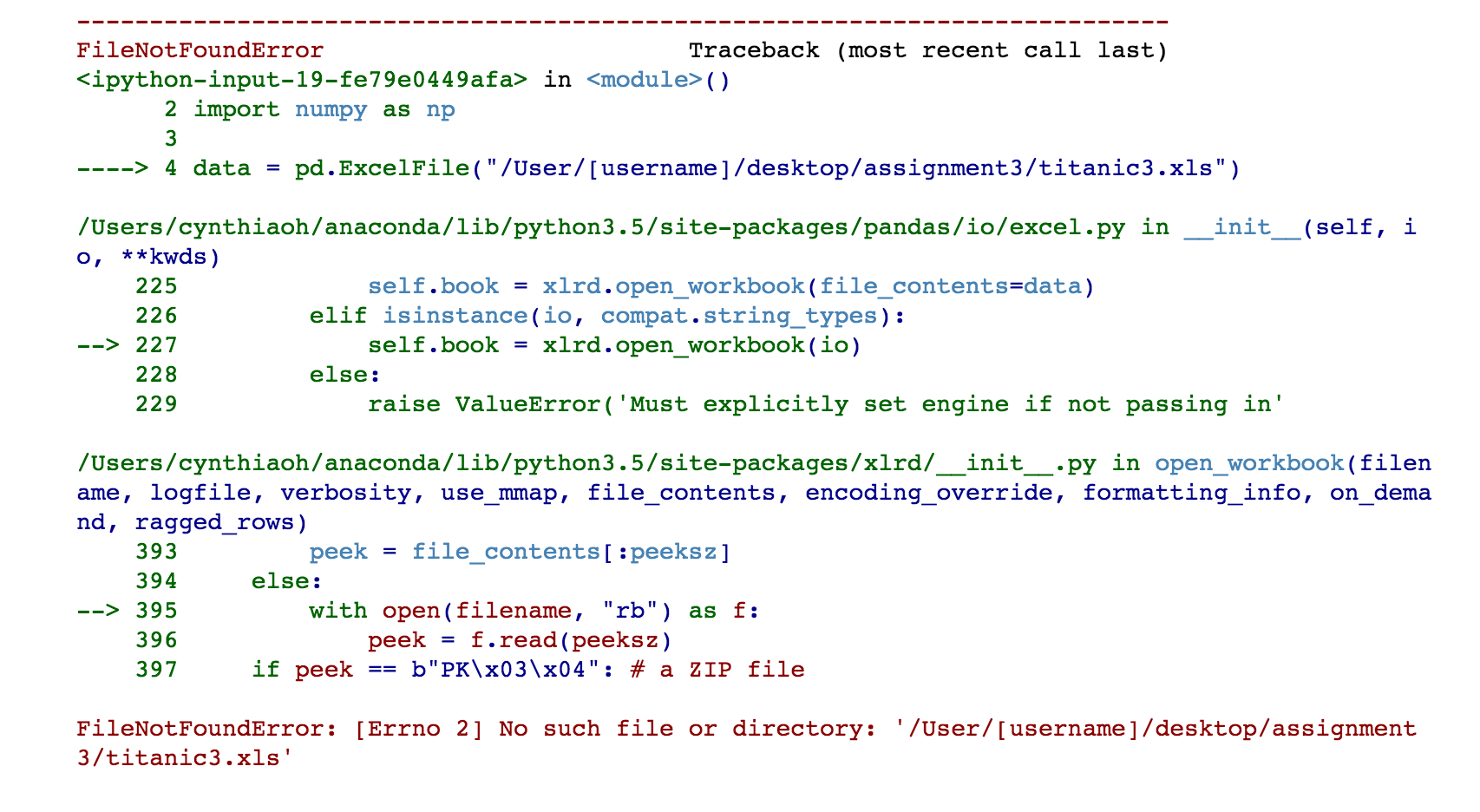5 Easy Ways to Read Excel Sheets with Pandas

Reading Excel files in Python has become increasingly important for data analysts, scientists, and hobbyists who need to manipulate large datasets or perform data preprocessing tasks efficiently. Python's pandas library offers robust solutions to read Excel sheets, but knowing how to do this effectively can greatly streamline your data manipulation workflow. Here's how to master Excel files using pandas:
1. Basic Import of an Excel File


The simplest way to read an Excel file with pandas is by using the read_excel function. Here’s how you do it:
- Import pandas.
- Specify the path to your Excel file.
- Call the
read_excelfunction.
import pandas as pd # Path to your Excel file excel_file_path = 'your_excel_file.xlsx' # Read the Excel file into a DataFrame df = pd.read_excel(excel_file_path)
This will read the first sheet in your Excel file into a pandas DataFrame. If you need to read a specific sheet, you can use the sheet_name parameter:
df = pd.read_excel(excel_file_path, sheet_name='Sheet1')
2. Importing Multiple Sheets


When your Excel file contains multiple sheets, you can import all of them simultaneously. Here’s how:
- Use the
sheet_name=Noneparameter to read all sheets into a dictionary.
import pandas as pd # Read all sheets into a dictionary of DataFrames excel_dict = pd.read_excel(excel_file_path, sheet_name=None)
This approach is particularly useful when you need to work with data from multiple sheets at the same time.
3. Handling Large Excel Files

Large Excel files can pose a challenge due to memory constraints. Pandas provides ways to manage this:
- Use the
chunksizeparameter to process data in smaller chunks.
import pandas as pd # Read in chunks chunk_size = 10000 # Size of chunk to read at a time for chunk in pd.read_excel(excel_file_path, chunksize=chunk_size): # Process each chunk print(chunk.shape)
This iterative approach allows you to work with huge files without consuming all available memory.
4. Reading Specific Columns and Rows


Often, you don’t need the entire dataset from an Excel file. Here’s how to read specific parts:
- Specify columns using the
usecolsparameter. - Define row range with
skiprowsandnrows.
import pandas as pd # Read specific columns and rows df = pd.read_excel(excel_file_path, usecols=['A', 'C', 'E'], skiprows=5, nrows=10)
This method allows you to focus on the data you need, reducing processing time and memory usage.
5. Advanced Parsing Options

Pandas has several advanced options to handle different Excel structures and data formats:
- Set
na_valuesto define what should be considered as missing data. - Use
convertersfor custom data parsing. - Apply
parse_datesto convert string dates into datetime objects.
import pandas as pd # Using advanced parsing options df = pd.read_excel(excel_file_path, na_values=['n/a', 'NA', ''], converters={'Column_A': lambda x: int(x)}, parse_dates=['Date_Column'])
🔎 Note: Be mindful that Excel can be quirky with data types, especially for dates and numeric values. Pandas offers various ways to handle these intricacies.
In conclusion, pandas provides an extensive suite of tools to read Excel files in Python. Whether you're dealing with simple files or complex datasets, understanding these methods can greatly enhance your data analysis tasks. Remember, the key to efficient data manipulation lies in tailoring your reading approach to the specific needs of your data.
How do I handle large Excel files efficiently with pandas?

+
To handle large Excel files efficiently, you can use the chunksize parameter to read the file in smaller segments, allowing you to process data without overwhelming your system’s memory.
Can I read specific rows or columns from an Excel file?

+
Yes, you can use the usecols, skiprows, and nrows parameters to read only the data you need, reducing processing time and memory usage.
What if my Excel sheet has a lot of missing data or requires custom parsing?

+
Pandas allows you to define na_values for handling missing data and converters for custom parsing rules to manage different data formats or ensure correct data type conversion.